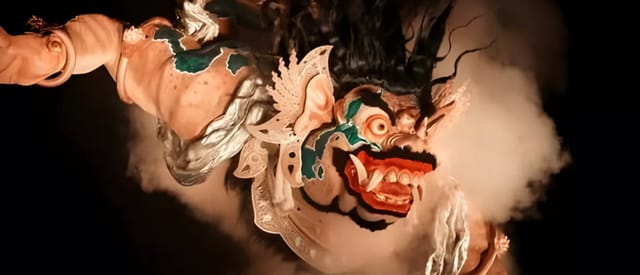The Kecak Dance is one of Bali's traditional dances, renowned for captivating audiences with its powerful rhythms and enchanting chants. Its unique movements and the performance's mystique make this dance particularly special for both domestic and international tourists who have experienced it firsthand. Discover more about the fascinating Kecak Dance as we explore its history and performance.
The History
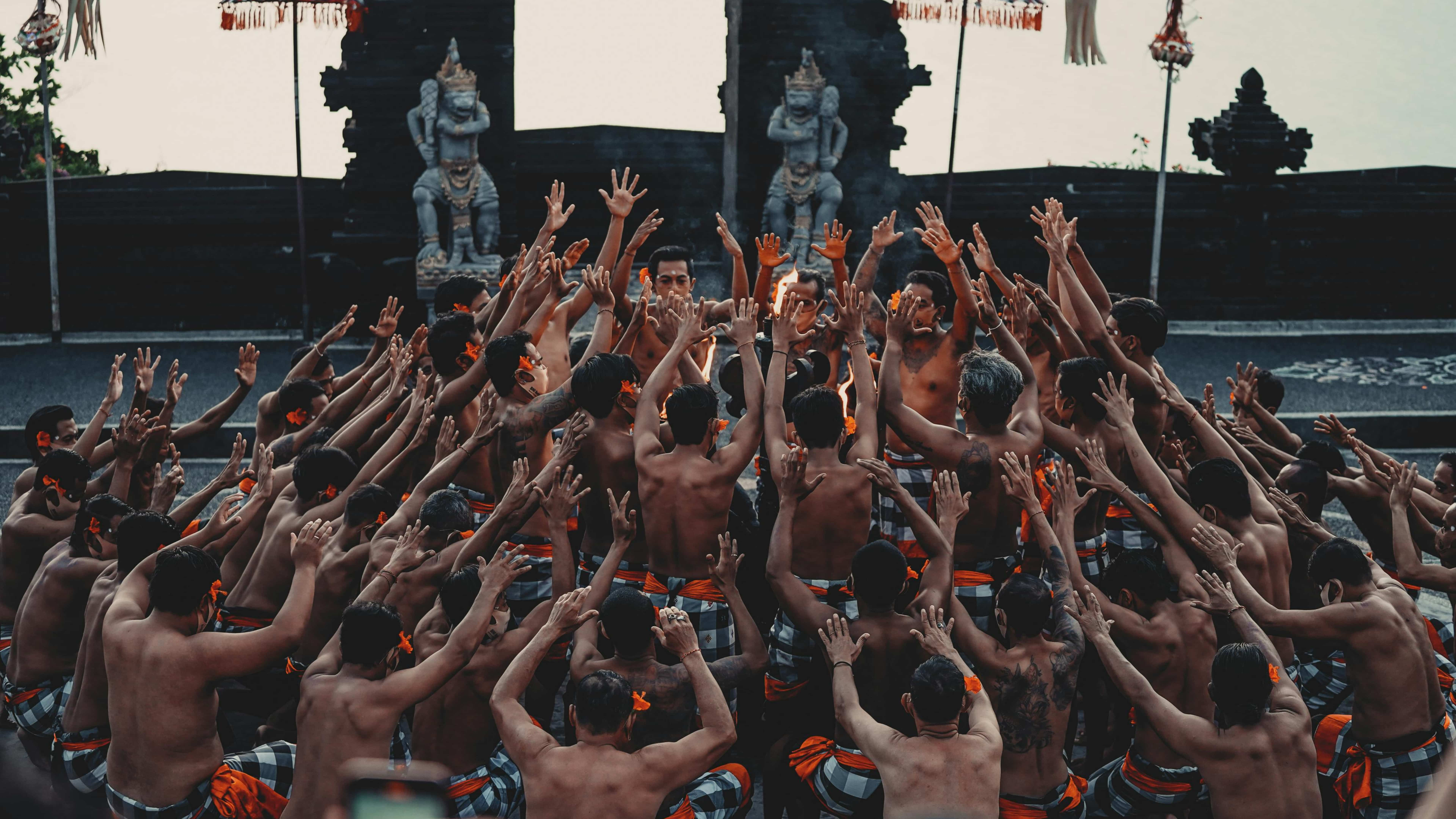
Courtesy El Jusuf
The famous Kecak dance has its roots in Sanghyang Dance, the sacred Balinese dance. This traditional Balinese dance is performed in religious ceremonies such as warding off disasters and epidemics. This dance has the concept that an invisible force, known as "hyang" (god, goddess, deified being, or divinity), enters the body and puts the dancer into a trance-like state. Sanghyang Dance has been performed through several different narratives and concepts, including Sanghyang Dedari and Sanghyang Jaran — all of which focus on honoring deceased gods or ancestors in a spiritual and sacred way.
Kecak Dance was first created by two figures, namely a Balinese dancer named Wayan Limbak and a painter from Germany. From a Sanghyang performance, Wayang Limbak and Walter Spies innovated to create a dance movement to manifest their love for Balinese culture and art. The development of the Kecak dance from its inception is immensely proud. Apart from the enthusiasm of the Balinese people towards the art created by Wayan Limbak, tourists visiting Bali are also very interested in watching a performance of this art movement.
The Performance
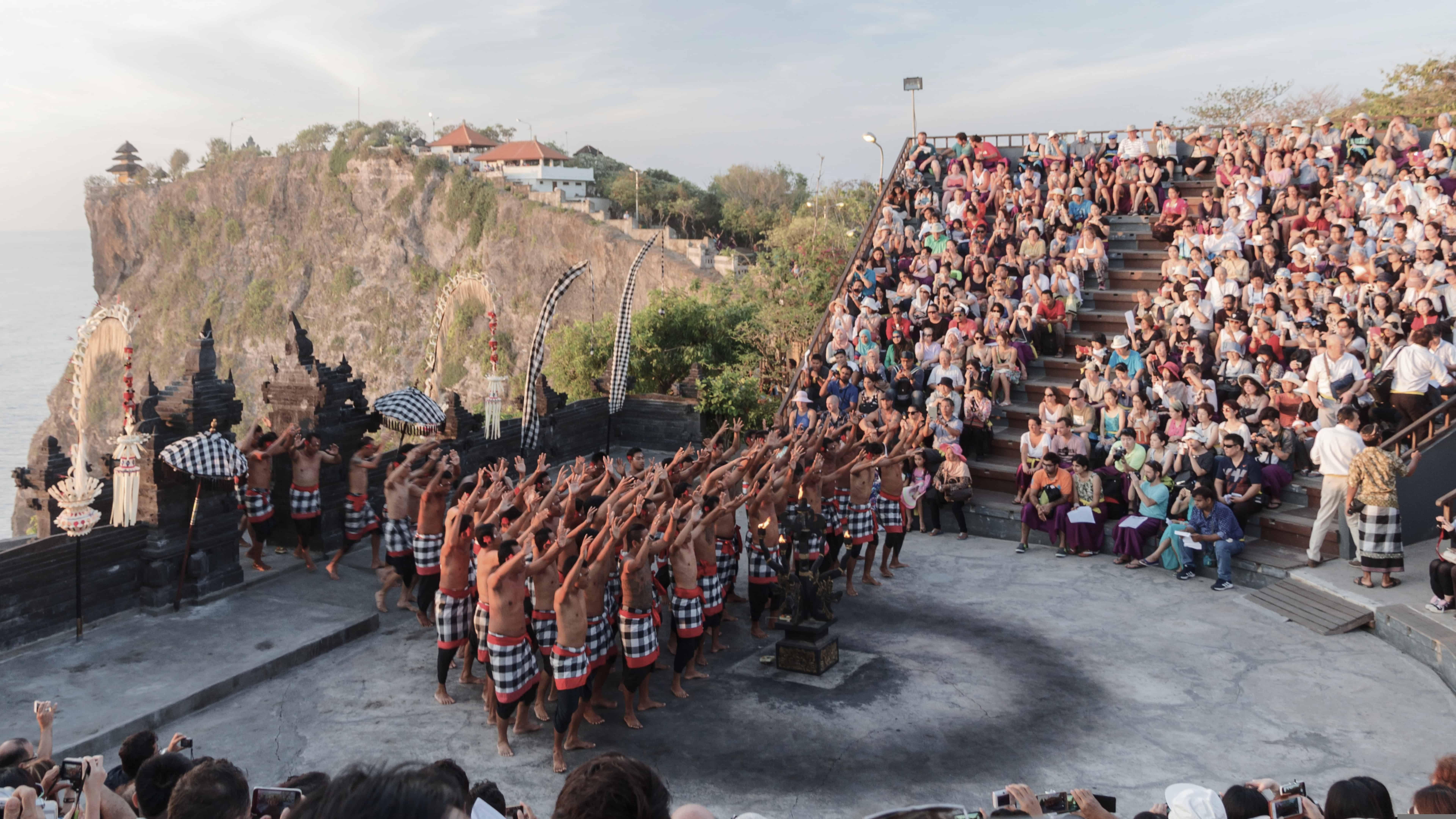
Courtesy Steffen Zimmermann
This performance is presented by dancers who sit in a circle and say the words "cak-cak-cak-cak" simultaneously. Because of this, the dance is named "Kecak Dance." The hand movements presented in the performance tell a story of the Ramayana, namely the incident of Dewi Shinta being kidnapped by Rahwana. Until the end of the performance, this dance usually presents the story of Dewi Sintha's release from Rahwana's hands.
Kecak Dance has properties that are characteristic of a traditional art performance. These properties include:
Shawls: Cloth worn by Kecak dancers with black and white checkered patterns resembling a chessboard;
Kincringan Bracelets: Bracelets worn on the wrists and ankles that produce a jingling sound when the dance movements are performed;
Place for Offerings: This property adds to the uniqueness and sacredness of the Kecak dance, considering that this dance movement originates from the Sanghyang traditional ceremony, so it looks mystical in the eyes of the audience; and
Masks: There are at least three masks worn by the principal dancers who play the roles of Hanoman, Sugriwa, and Rahwana in the story presented during the performance.
This dance also possesses unique features that define its character and allure, from its movements and music to the dramatic storytelling featured in the performance.
1. Movements
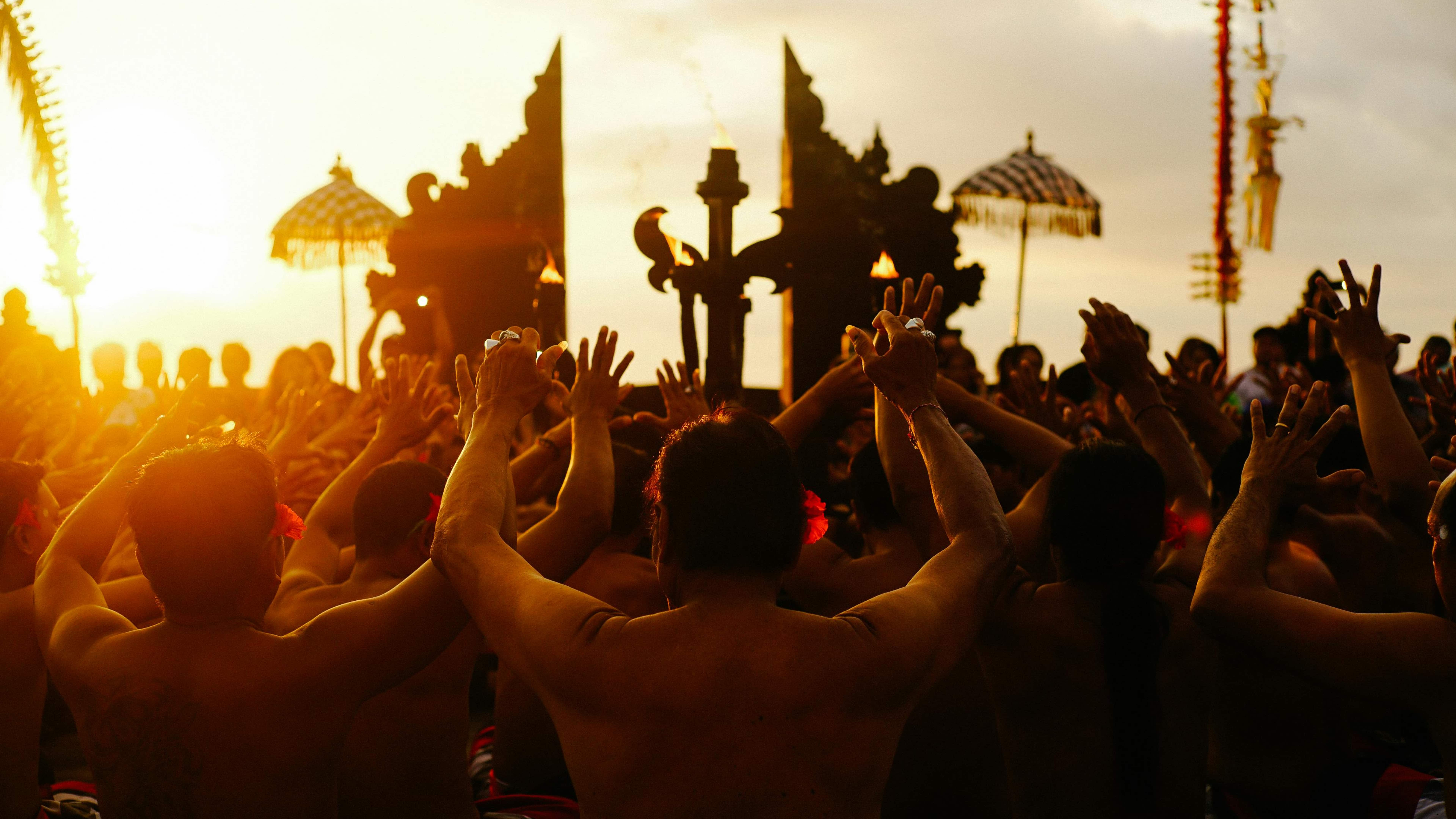
Courtesy Miftah Rafli Hidayat
The dance movements in this performance, either at Garuda Wisnu Kencana (GWK), Ubud, or elsewhere, resemble those of worshippers at the Sanghyang ceremony.
2. Accompanying Music
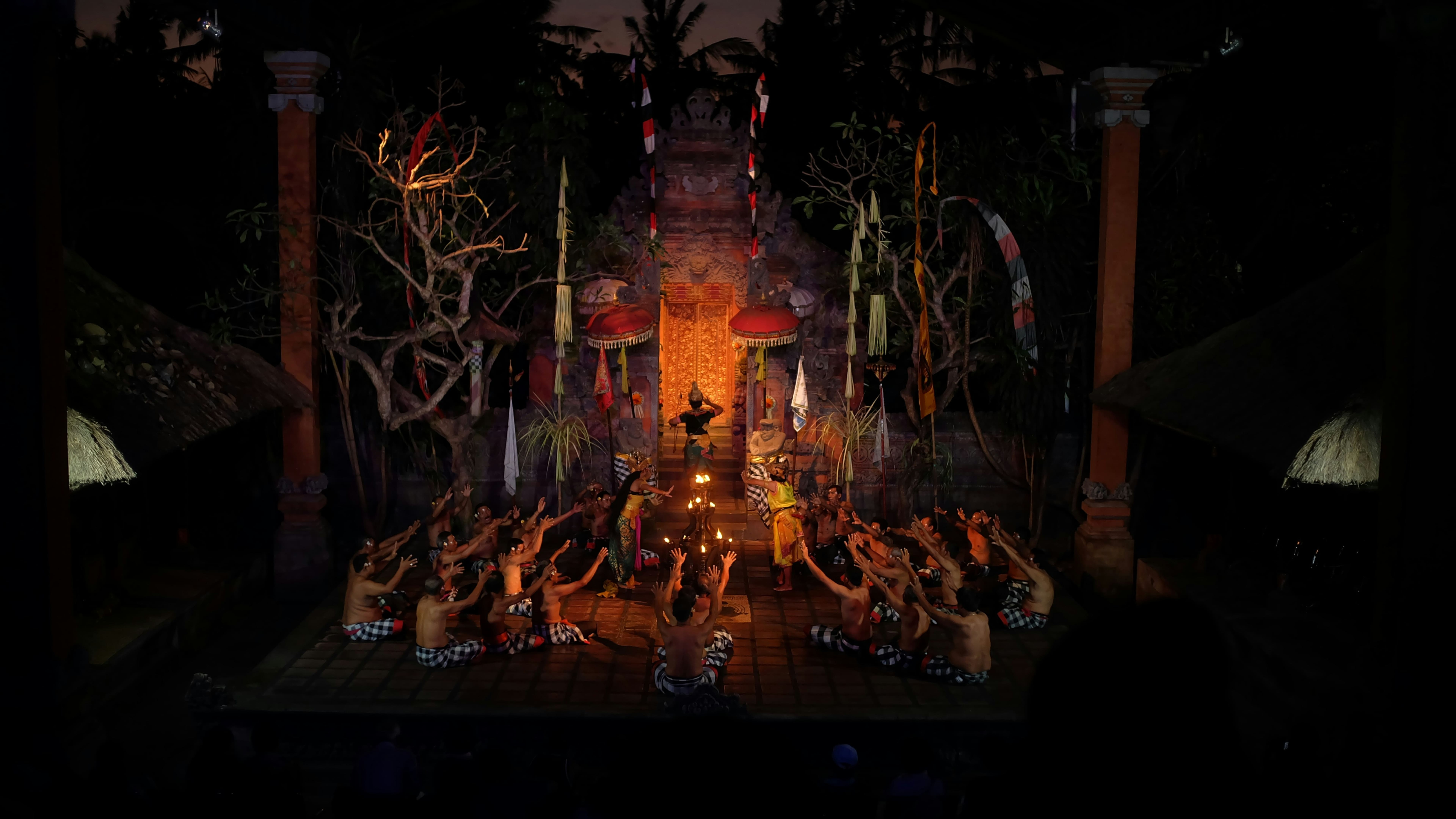
Courtesy Aminoz Acid
The accompanying music in the Kecak dance is indeed unique. There are almost no musical instruments played to accompany the performance. The music heard in this typical Balinese dance performance can only be heard from the jingling of the grinding bracelets worn by the dancers. Other sounds only come from the mouths of the dancers, who seem to be responding to each other, saying "cak-cak-cak-ke-cak-cak-cak".
3. Drama
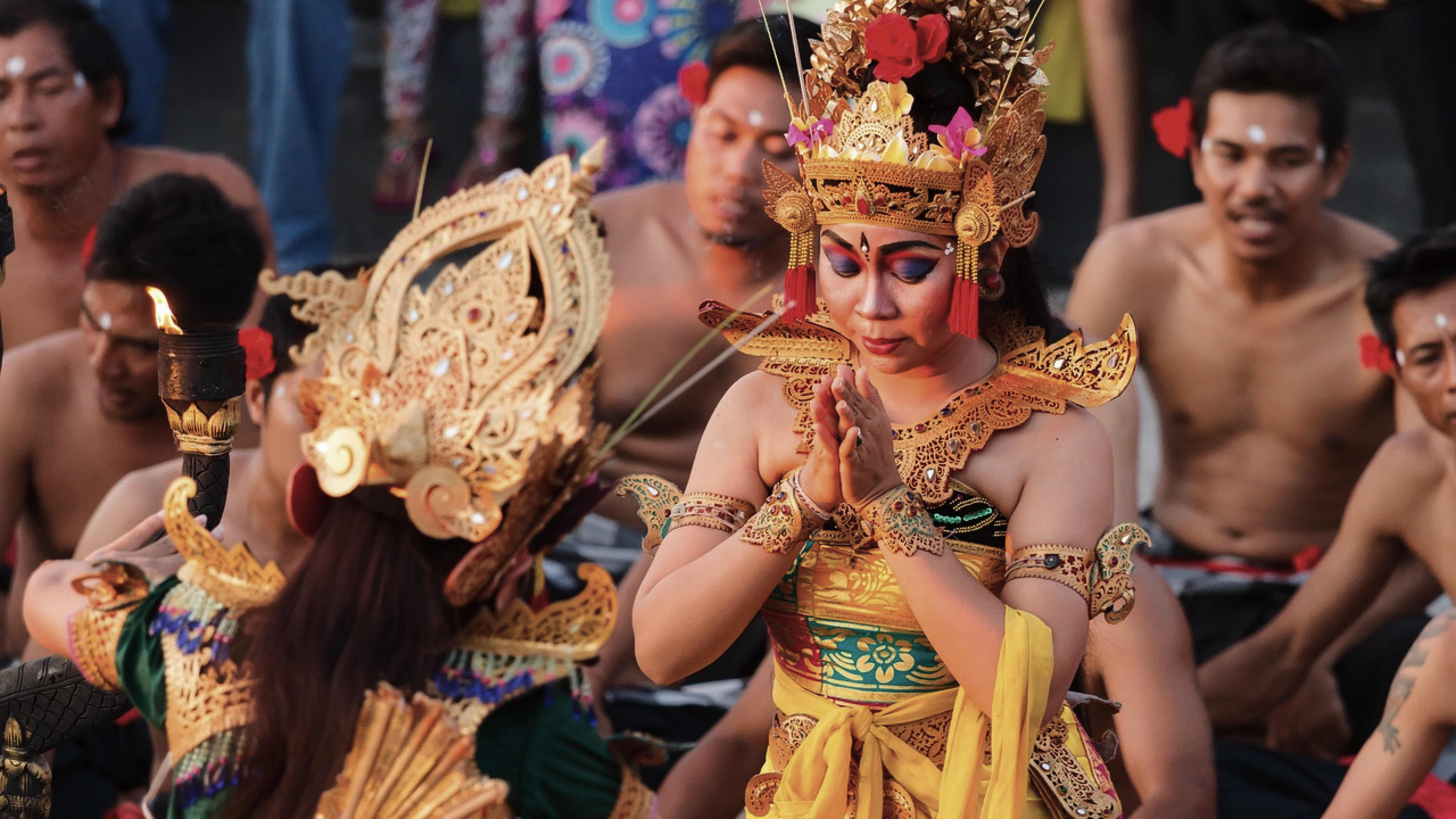
Courtesy Steffen Zimmermann
The drama played in the performance is the Ramayana story, which tells the story of the efforts to free Dewi Shinta from the hands of Rahwana, which were carried out by Rama and several of his friends. As mentioned earlier, the story in the dance is that the Kecak Dance performance functions as an effort to preserve culture. Here, the storyline presented in a performance is usually the story of the kidnapping of Dewi Shinta by Rahwana and Rama's efforts to free Dewi Shinta from Rahwana's hands.
If you want to see Kecak, there are many places you can visit, such as Uluwatu Temple, which offers an amazing atmosphere. The show is held at sunset on a cliff overlooking the Indian Ocean. Another place is Pura Dalem Taman Kaja in Ubud, with a beautiful atmosphere that brings you closer to this cultural event. You can visit Kecak in Tanah Lot, which is famous for its beautiful beach views. Each location offers you a unique atmosphere and ensures the Kecak experience in Bali is unforgettable and magical.



